Maintaining the correct temperature in your RV refrigerator is an essential part of food storage for your road trips. However, unlike a residential fridge, an RV unit is subject to constant movement, fluctuating external temperatures, and varying power sources, all of which can affect its performance.
Understanding how to manage your RV fridge’s temperature is an integral part of being an RV owner. If you still feel like you need to know more about this, our guide on the impact temperature regulation has on your RV fridge is here to help.
Understanding RV Refrigeration Systems
In order to properly understand this, you first need to learn a bit about the two main types of RV refrigerators: absorption and compressor. Knowing which type you have is the first step in effective temperature management, as they operate on different principles and respond differently to external conditions.
Absorption Refrigerators
Absorption refrigerators are more common in RVs, operating silently by using a heat source—propane or electric—to circulate a mixture of ammonia, water, and hydrogen through tubes. This chemical process cools the interior by absorbing heat.
These fridges require the RV to be parked on level ground, as gravity circulates the fluids. Operating off-level for long periods can disrupt cooling and damage the unit. They are also not the most efficient in high ambient temperatures, but are still perfectly usable.
Compressor Refrigerators
Compressor refrigerators work like many home models. A compressor circulates refrigerant, cooling the interior by transforming it between liquid and gas states. These units are more powerful, cooling quickly and maintaining consistent temperatures regardless of the weather.
Unlike absorption fridges, compressor models don’t need to be level and are less affected by heat, making them ideal for hot climates. However, they run exclusively on electricity from the RV’s battery, requiring a strong power system for off-grid use.

The Impact of Poor Temperature Regulation
Even though these two refrigerators function differently, their end goal is to keep your food cold. However, they need to stay at a consistent temperature in order to do so. Failing to maintain the correct temperature in your RV fridge can lead to several negative consequences that affect your health, budget, and equipment.
Food Safety Risks
The most significant risk of improper temperature regulation is foodborne illness. When a refrigerator’s temperature rises above 40°F, bacteria can multiply rapidly. Consuming contaminated food can lead to symptoms ranging from mild discomfort to severe illness, which is the last thing anyone wants to deal with on the road.
Reduced Food Quality
Even if food doesn’t become unsafe, inconsistent temperatures can degrade its quality. Produce may wilt, dairy products can spoil faster, and frozen foods may develop ice crystals from partial thawing and refreezing, affecting their texture and taste. This leads to food waste and unnecessary expenses.
Decreased Fridge Lifespan
Constant temperature fluctuations and operating outside of optimal conditions put a strain on your refrigerator’s components. For absorption units, running off-level or with poor ventilation can cause irreversible damage to the cooling unit, resulting in a costly repair or replacement. For compressor models, excessive cycling due to inadequate insulation or frequent door openings can wear out the compressor over time.
Ideal Temperature Ranges for Your RV Fridge
Now that you’re familiar with the negative impacts of poor temperature regulation in your RV fridge, it’s up to you to make sure it stays consistent. This starts by setting your refrigerator and freezer to the ideal temperature ranges.
- Refrigerator: The ideal temperature for the refrigerator compartment is between 34°F and 40°F (1°C and 4°C). This range is cold enough to inhibit bacterial growth but not so cold that it freezes fresh produce.
- Freezer: The freezer compartment should be kept at or below 0°F (-18°C). At this temperature, you can preserve food for extended periods without a loss of quality or safety.
Using an external refrigerator thermometer is highly recommended, as the built-in temperature settings can sometimes be inaccurate. Place thermometers in both the fridge and freezer sections to get precise readings and adjust the settings as needed.

Factors Affecting Temperature Regulation
This won’t be a “set it and forget it” type of thing, though. That’s because several factors exist that can influence your RV refrigerator’s ability to maintain a consistent temperature. Being aware of these variables can help you troubleshoot and prevent temperature fluctuations.
- Ambient Temperature: High outside temperatures force the refrigerator to work harder to stay cool. On hot days, it’s beneficial to park your RV in the shade, especially on the side where the fridge is located.
- Ventilation: Proper airflow around the back of the refrigerator is critical, particularly for absorption models. The vents on the side of your RV allow heat generated by the cooling unit to escape. Ensure these vents are clean and unobstructed by dirt, debris, or insect nests.
- Usage Habits: Frequently opening the refrigerator door allows warm air to enter, causing the internal temperature to rise. Try to minimize how often and for how long you open the door. Additionally, avoid placing hot leftovers directly into the fridge; let them cool to room temperature first.
- Food Placement: An overpacked refrigerator can restrict airflow, leading to uneven cooling and warm spots. Arrange items to allow air to circulate freely. Conversely, a fridge that is too empty can also struggle to maintain a stable temperature, as the cold mass of food helps regulate it.
- Leveling: As mentioned, absorption refrigerators must be level to function correctly. Even a slight incline can disrupt the cooling process and lead to a rise in temperature. Consider getting leveling blocks for your RV if you think inclined parking will be unavoidable.
Tips for Better Temperature Regulation
To ensure your refrigerator continues to run efficiently, there are several steps you can take. First, consider installing a small, battery-operated refrigerator fan. These fans help circulate cool air inside, preventing warm spots and maintaining even cooling throughout the compartment.
Another important tip is to check the door seals regularly. Worn or damaged seals can let cold air escape, reducing efficiency. Inspect the gaskets often and clean them with warm, soapy water. To test the seal, close the door on a dollar bill—if it pulls out easily, it’s time to replace the seal.
If you have an older unit, you can pre-cool your RV fridge before heading out on trips by turning it on 12-24 hours in advance. This gives it enough time to reach the optimal temperature before loading it with food. If this doesn’t help, it might be time to consider an RV refrigerator replacement.
Lastly, if your fridge ever requires manual defrosting, do so when ice buildup reaches about a quarter-inch thick. Excessive ice not only reduces efficiency but also takes up valuable storage space. By following these steps, you can keep your refrigerator functioning at its best.


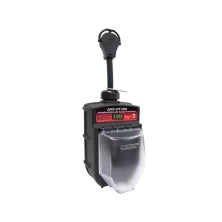
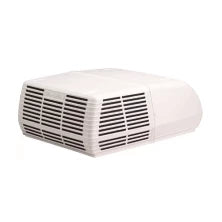
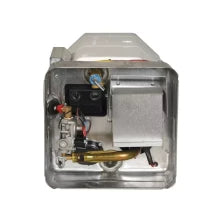
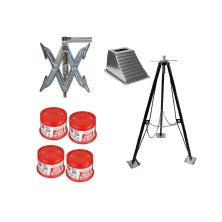
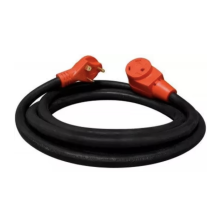
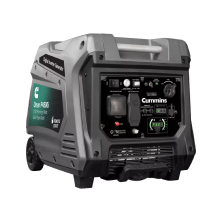
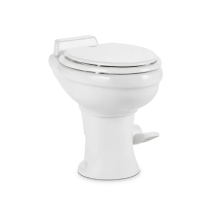
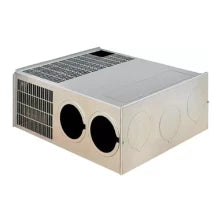
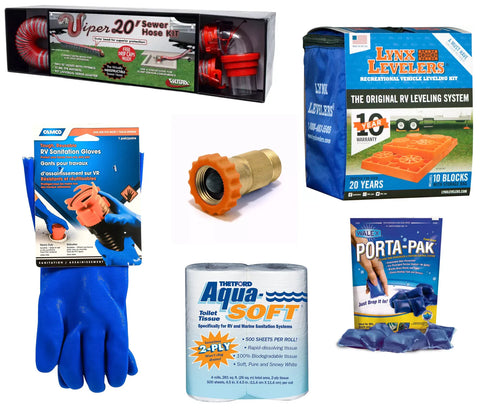

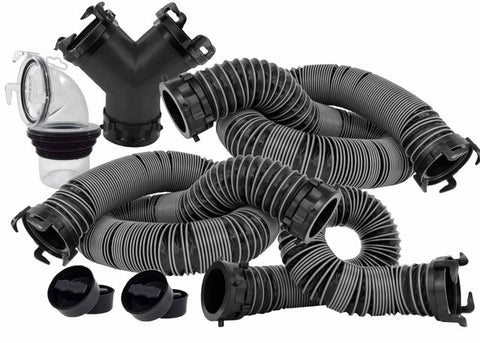

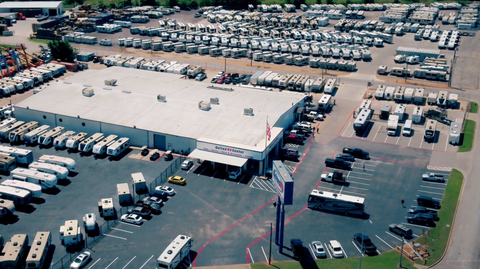
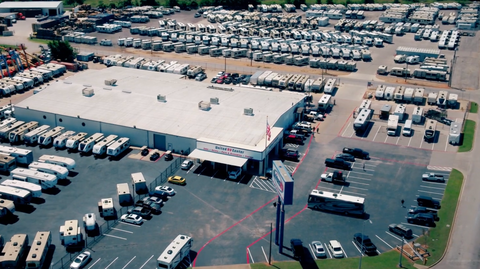
Comentarios (0)
No hay comentarios todavía. Sé el primero en comentar.